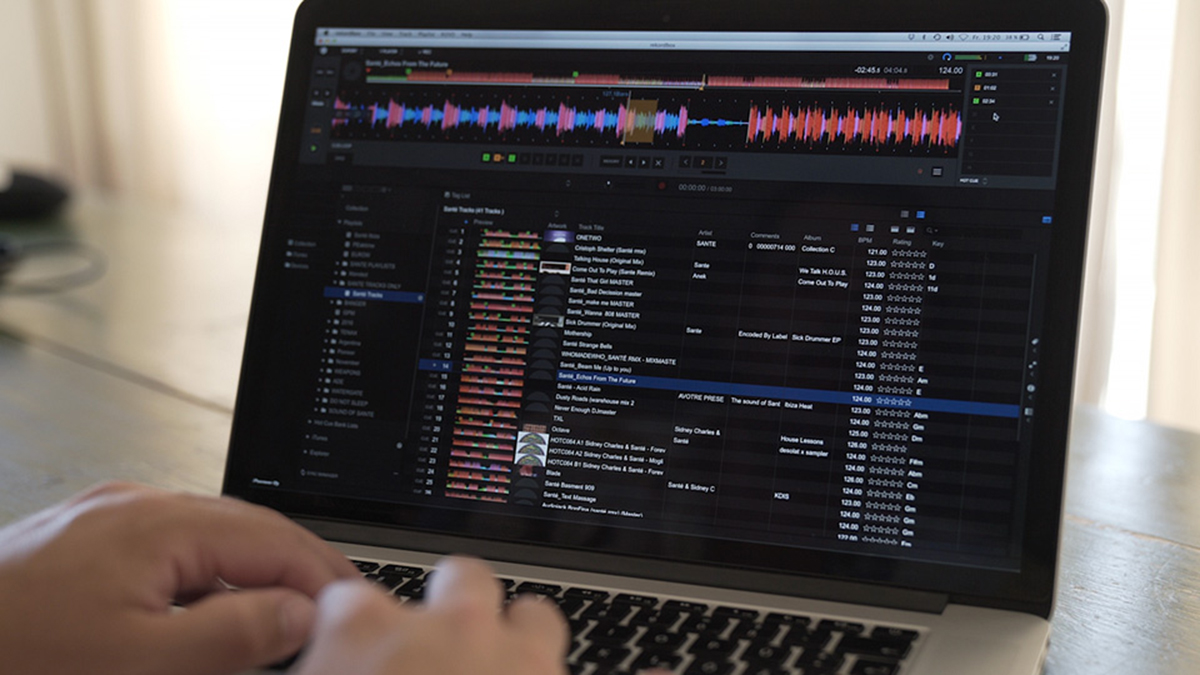How do I organise and prepare tracks?
You might hear DJs talking about ‘preparing’ digital music ahead of a set. This involves importing your music into the library of your chosen DJ software so it can be analysed. Most DJ applications, on import, will work out a track’s BPM and key and assign it a beat grid, which is what the application uses to sync one track to another.
The analysis algorithms in modern software normally do a decent job of working out a beat grid, particularly when working with more the more ‘rigid’ tempos of dance music. You should always check tracks before playing them in public though, as the software can sometimes slightly misjudge a BPM, or get confused about where the first beat of a track is. Any decent DJ application will offer tools to correct these mistakes.
Preparing tracks can also involve listening closely to the music itself and assigning tags based on mood or genre, and perhaps building playlists. Try compiling lists of tracks for different parts of a set, such as ‘peak time’ or ‘warm up’.
Lots of DJ applications also let you add ‘cue points’ to tracks. These are markers that allow you to quickly jump to a specific section of a song. Try adding them to the ‘drop’, breakdown or perhaps a vocal hook you might want to throw in over the top of another track.
Want all the hottest music and gear news, reviews, deals, features and more, direct to your inbox? Sign up here.
Current page: How do I organise and prepare tracks?
Prev Page Where should I download music from?I'm the Managing Editor of Music Technology at MusicRadar and former Editor-in-Chief of Future Music, Computer Music and Electronic Musician. I've been messing around with music tech in various forms for over two decades. I've also spent the last 10 years forgetting how to play guitar. Find me in the chillout room at raves complaining that it's past my bedtime.
